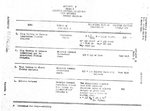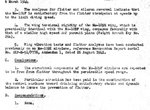FLYBOYJ
"THE GREAT GAZOO"
Having said this, the simplest and most efficient design from structures view is one continuous wing from wing tip to wing tip where there are no discontinuities in the wing spar. Not very elegant for repair or manufacturing considerations, however.
BINGO!


